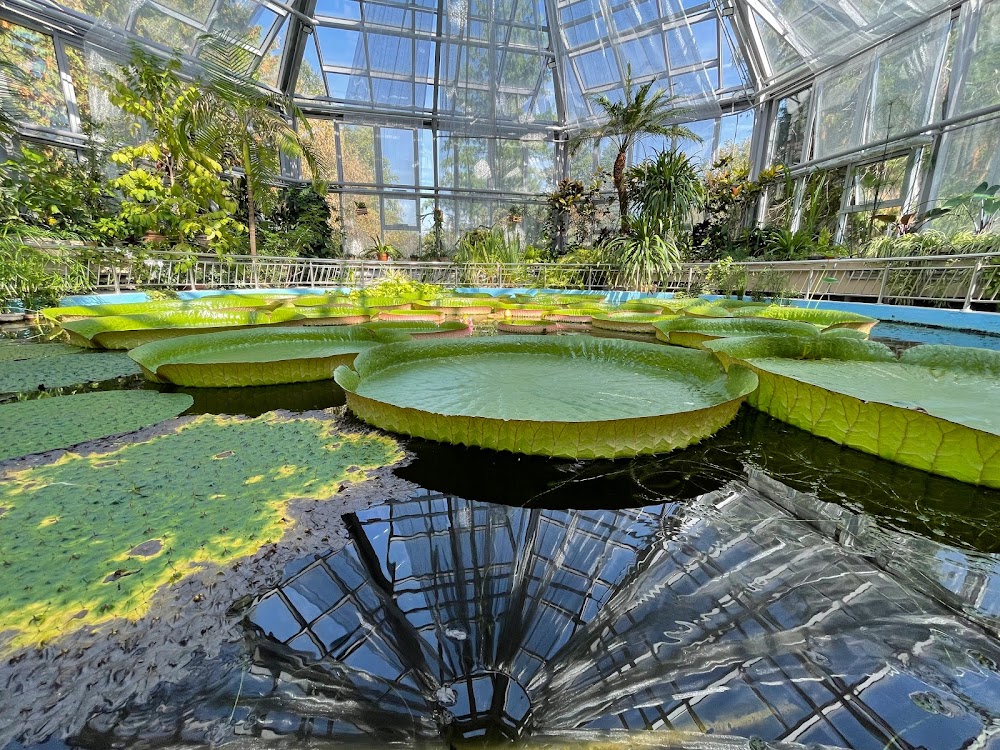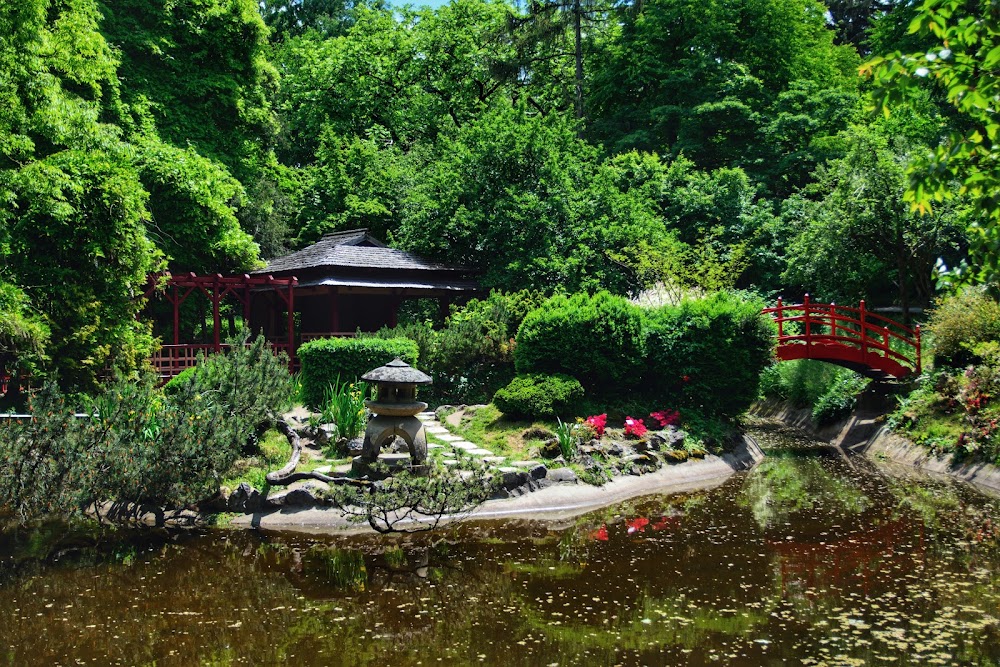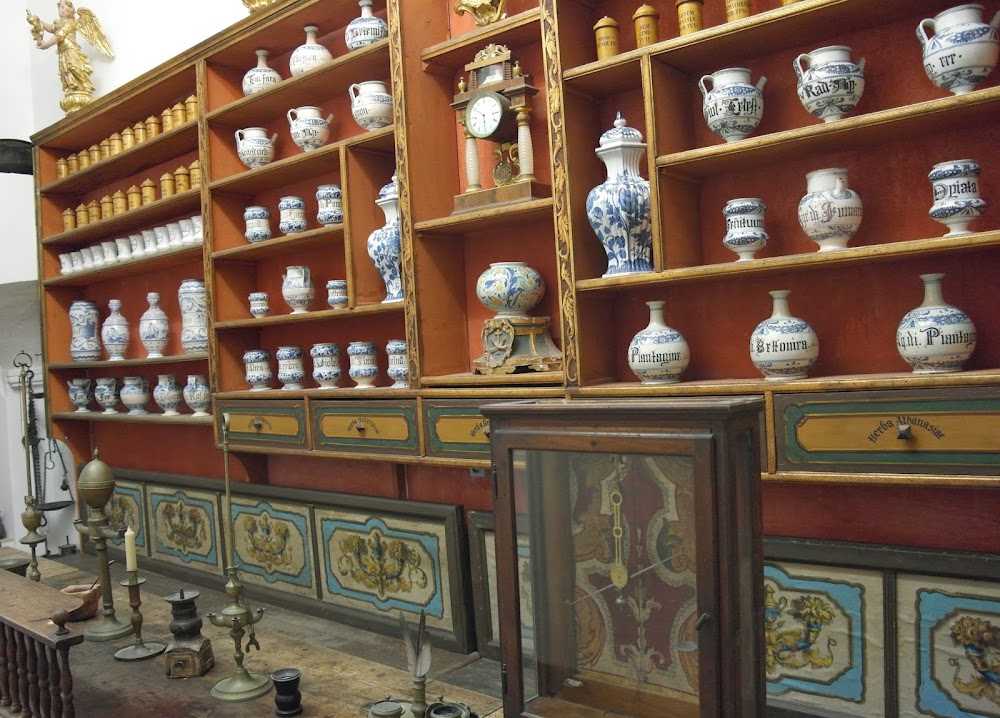Botanical Garden (Grădina Botanică)
Overview
The Alexandru Borza Botanical Garden, situated in Cluj-Napoca, Cluj County, Romania, stands as one of the most captivating gardens in Eastern Europe. This botanical gem invites visitors into a world of natural wonder and scientific exploration.
Established in 1872 by Samuel Brassai, a prominent figure in Transylvania's scientific community, the garden began as a modest endeavor. However, in 1920, the garden underwent a remarkable transformation under the stewardship of Alexandru Borza, a distinguished Romanian botanist. His vision and expertise not only expanded the garden's collections but also redefined its purpose as a center for botanical research and education. With over 10,000 plant species from around the globe, the garden is a testament to Borza's dedication and profound knowledge of plant diversity.
Covering approximately 14 hectares, the garden offers a delightful journey through various plant habitats. Visitors can explore thematic sections, including the Ornamental, Phytogeographic, Systematic, Greenhouses, and Medicinal plants areas. Each section is meticulously curated to provide a unique experience.
In the Ornamental Section, guests can enjoy a stunning array of flowers and ornamental plants, artfully arranged to create an aesthetic feast for the eyes. The Phytogeographic Section showcases plants categorized by their geographical origins, bringing together flora from Romania, Eastern Asia, the Mediterranean, North America, and beyond. For botany enthusiasts, the Systematic Section presents plants organized by their evolutionary relationships, making it an enlightening stop for students and researchers alike.
The greenhouses are among the garden's highlights, providing a sanctuary for exotic plants that would struggle in Romania's winters. Inside, visitors can discover tropical and subtropical plants, cacti, and succulents. The tropical greenhouse, in particular, offers a warm, humid environment where plants like bananas, figs, and small palm trees flourish.
The garden also features a serene Japanese Garden, designed to inspire peace and contemplation. A tranquil pond filled with water lilies, crossed by delicate bridges, adds a touch of magic to this area. Nearby, the Roman Garden showcases plants typical of ancient Roman gardens, enriching the historical and educational context of the botanical garden.
Named in honor of its visionary developer, the garden bears Alexandru Borza's name as a tribute to his lasting impact. The garden continues to thrive through sustainable practices and ongoing research, in collaboration with Babeș-Bolyai University, which utilizes the space for educational purposes. Biology and botany students benefit from the opportunity to study plant species in an immersive, hands-on environment.
The development and upkeep of the Alexandru Borza Botanical Garden are made possible by the dedicated efforts of skilled gardeners, researchers, and volunteers. Their relentless commitment ensures that each plant species receives the care it needs while the garden evolves with new areas being developed and existing ones enhanced.
Over the years, the garden has become a beloved destination not only for scientists and scholars but also for locals and tourists seeking a peaceful escape from urban life. It offers a sanctuary for nature enthusiasts, an enriching educational experience, and a perfect backdrop for leisurely strolls. Regular events, such as plant exhibitions and educational workshops, draw more visitors and raise awareness about plant conservation.
The garden's unwavering focus on plant conservation and awareness reflects its commitment to preserving botanical diversity. Despite various challenges, the Alexandru Borza Botanical Garden remains a vibrant, living museum, symbolizing the harmonious relationship between human efforts and nature's wonders.
This botanical haven is a cherished landmark in Cluj-Napoca, offering joy and inspiration to all who wander through its lush pathways.






